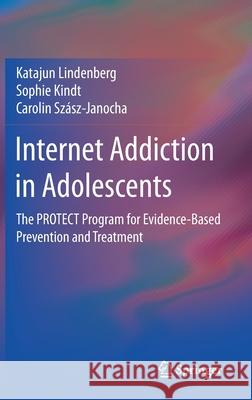Internet Addiction in Adolescents: The Protect Program for Evidence-Based Prevention and Treatment » książka
topmenu
Internet Addiction in Adolescents: The Protect Program for Evidence-Based Prevention and Treatment
ISBN-13: 9783030437831 / Angielski / Twarda / 2020 / 206 str.
Internet Addiction in Adolescents: The Protect Program for Evidence-Based Prevention and Treatment
ISBN-13: 9783030437831 / Angielski / Twarda / 2020 / 206 str.
cena 504,67 zł
(netto: 480,64 VAT: 5%)
Najniższa cena z 30 dni: 501,19 zł
(netto: 480,64 VAT: 5%)
Najniższa cena z 30 dni: 501,19 zł
Termin realizacji zamówienia:
ok. 20 dni roboczych.
ok. 20 dni roboczych.
Darmowa dostawa!
Kategorie:
Kategorie BISAC:
Wydawca:
Springer
Język:
Angielski
ISBN-13:
9783030437831
Rok wydania:
2020
Wydanie:
2020
Ilość stron:
206
Waga:
0.49 kg
Wymiary:
23.39 x 15.6 x 1.42
Oprawa:
Twarda
Wolumenów:
01
Dodatkowe informacje:
Wydanie ilustrowane











